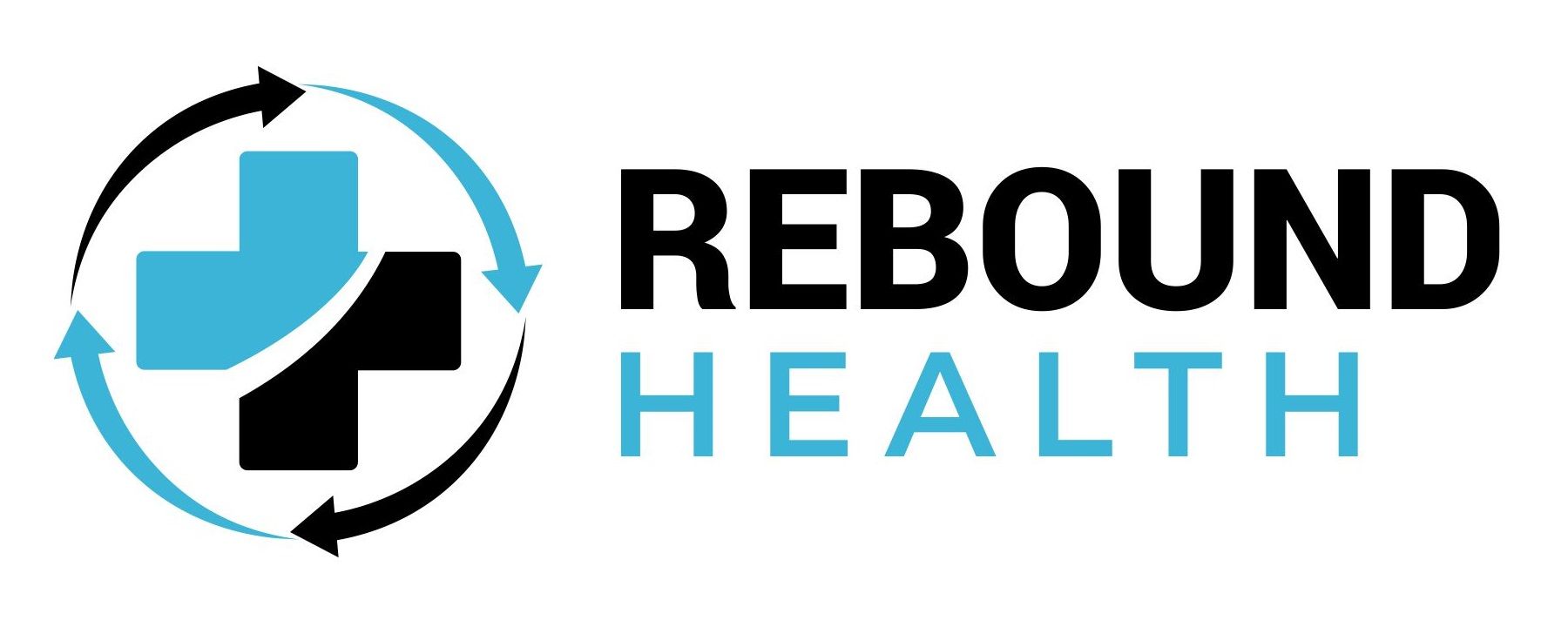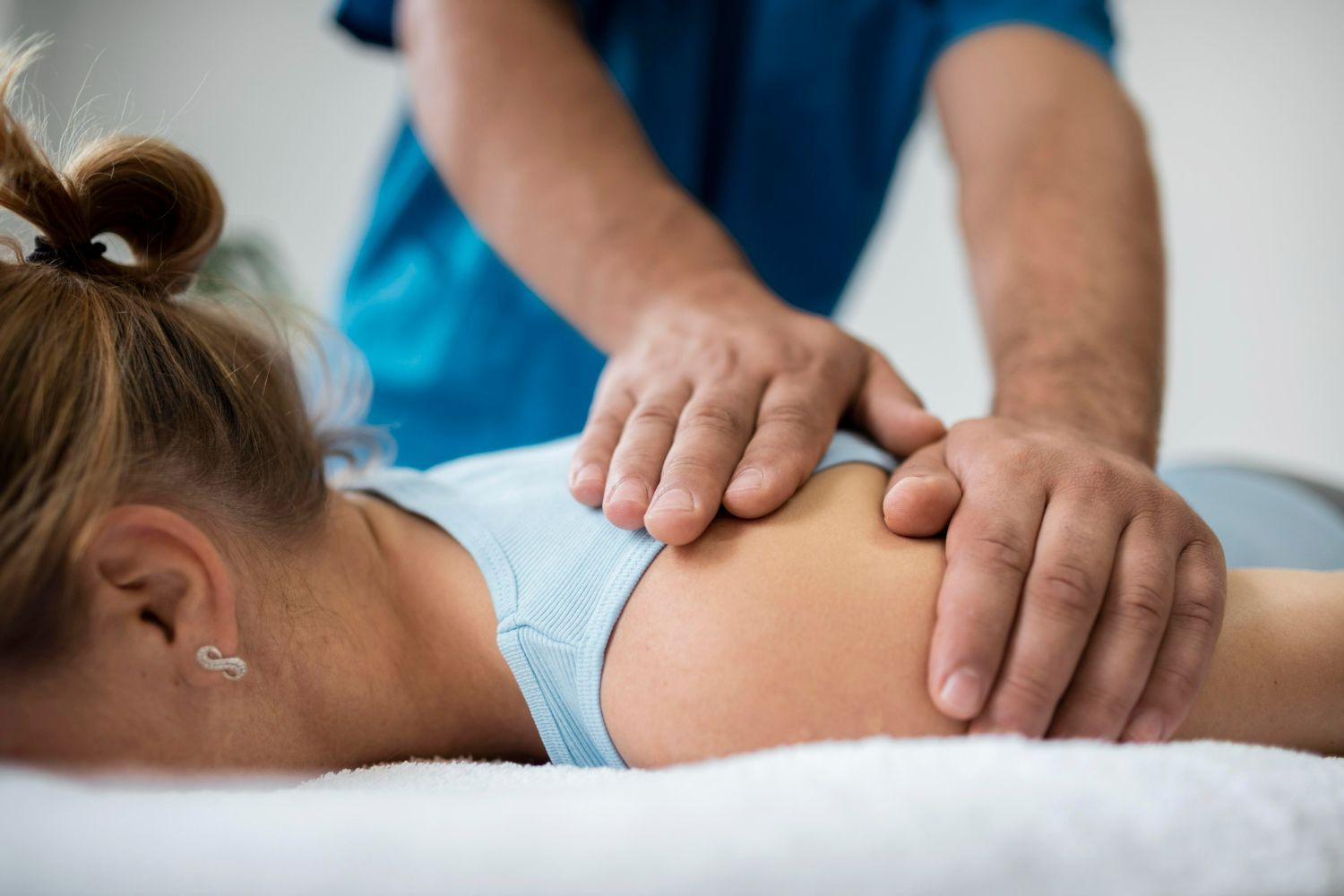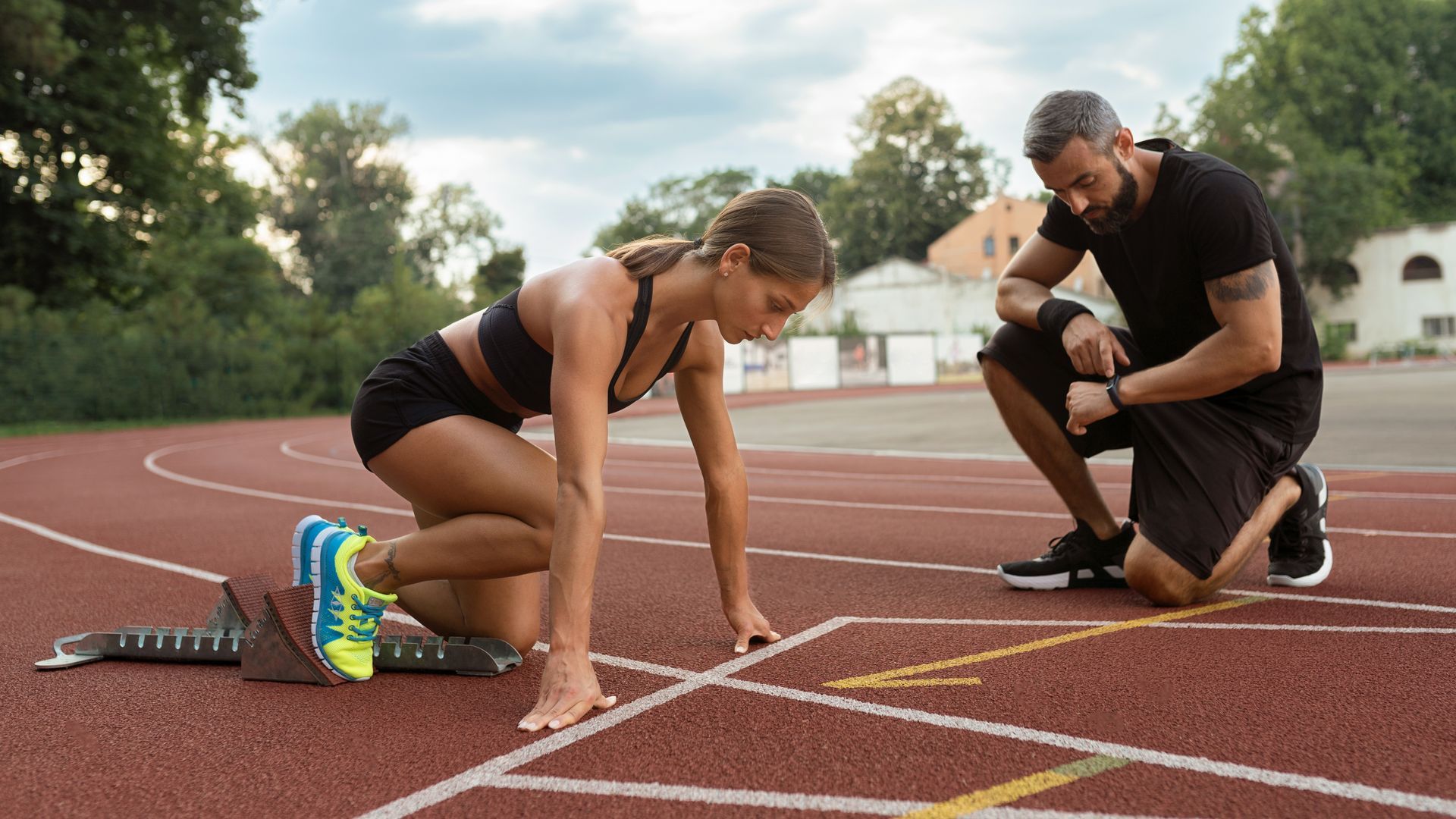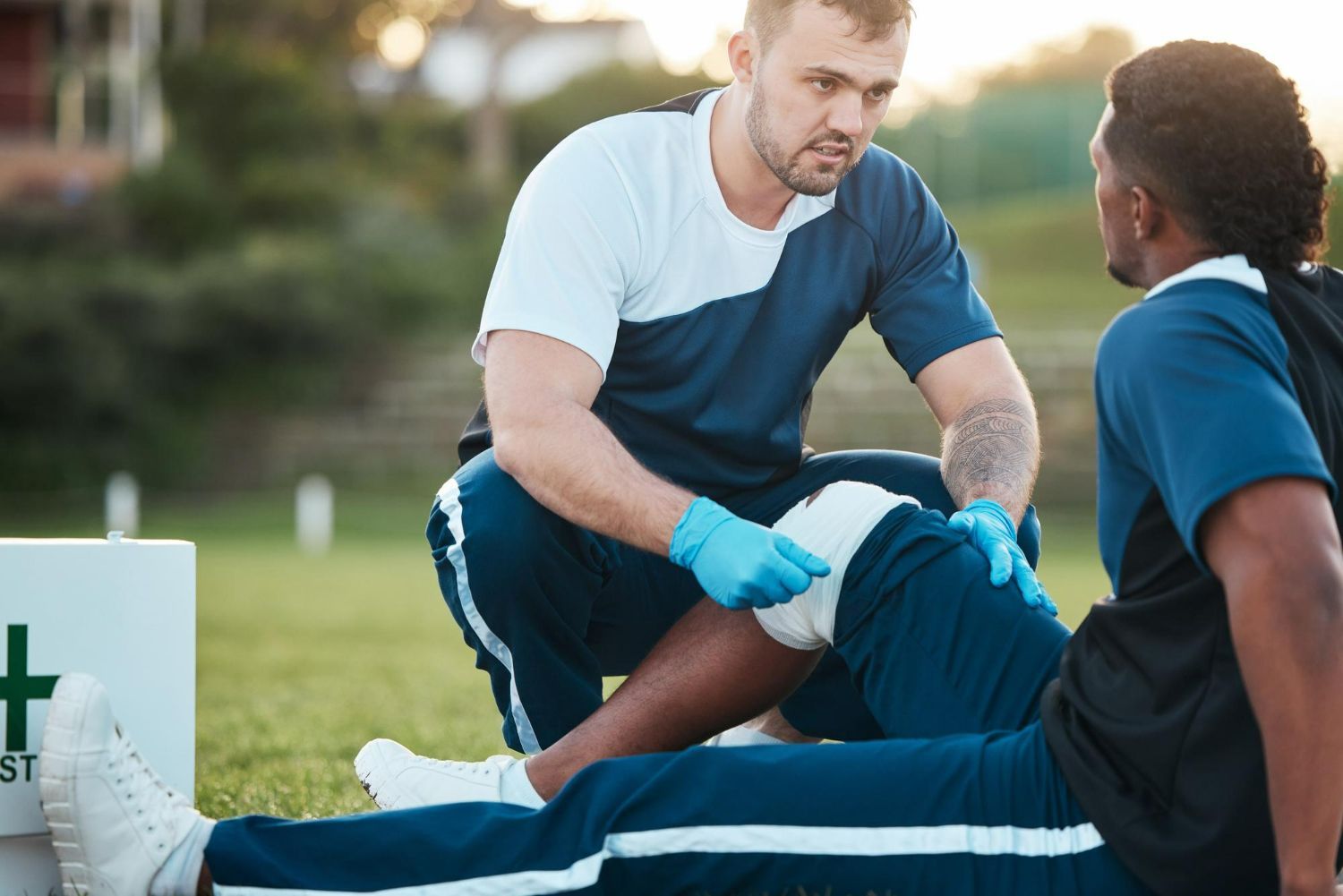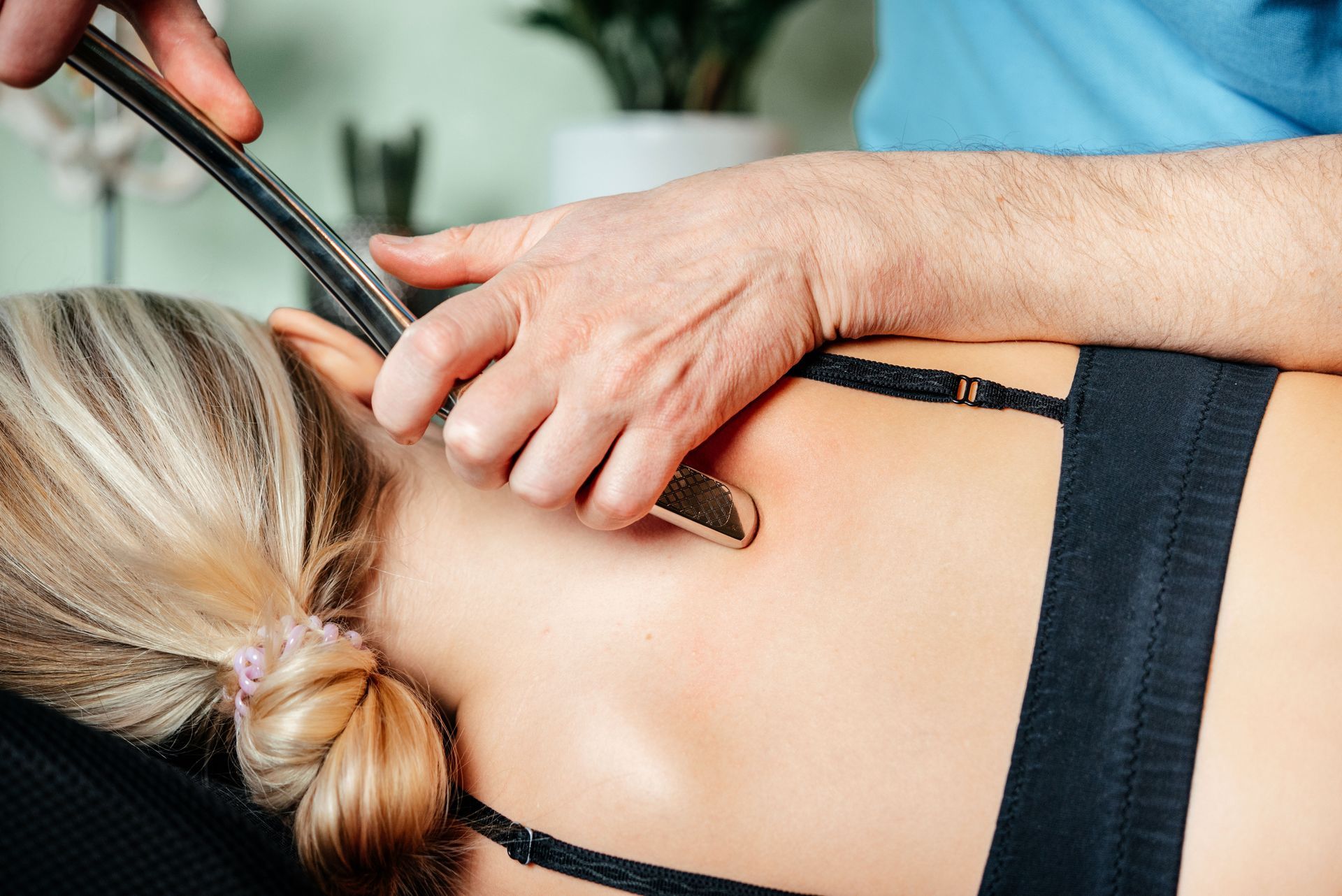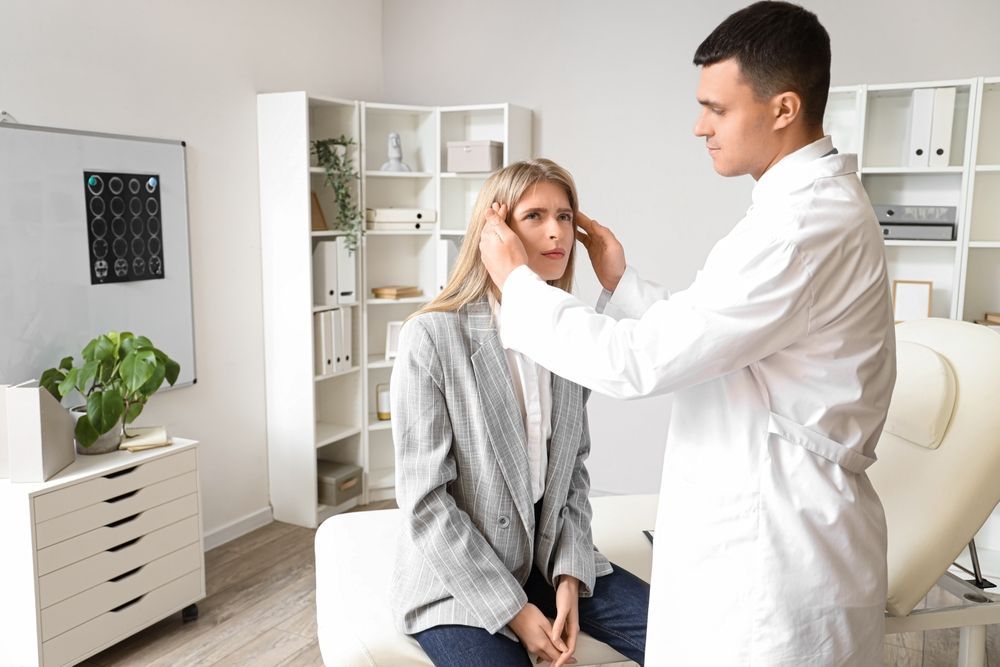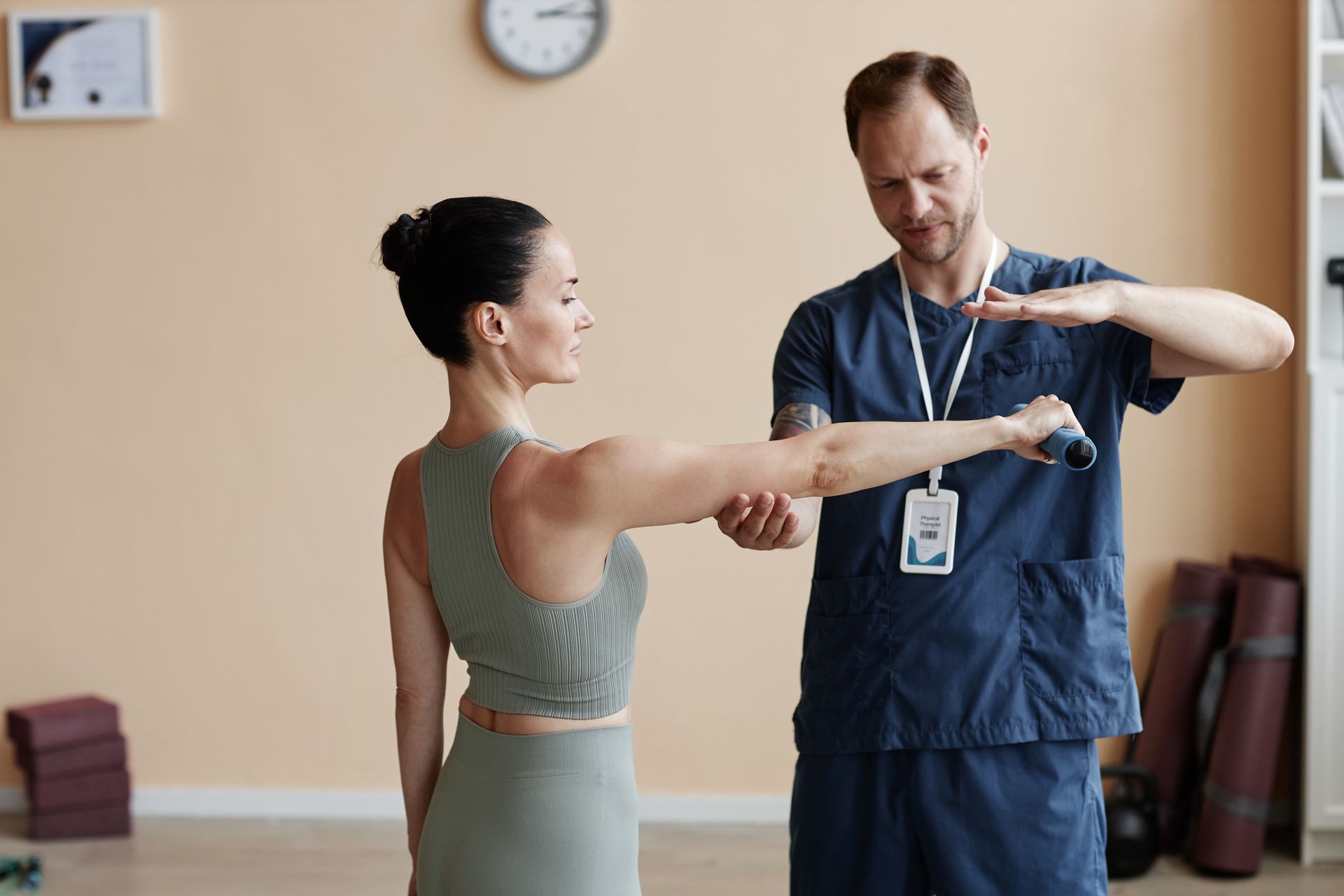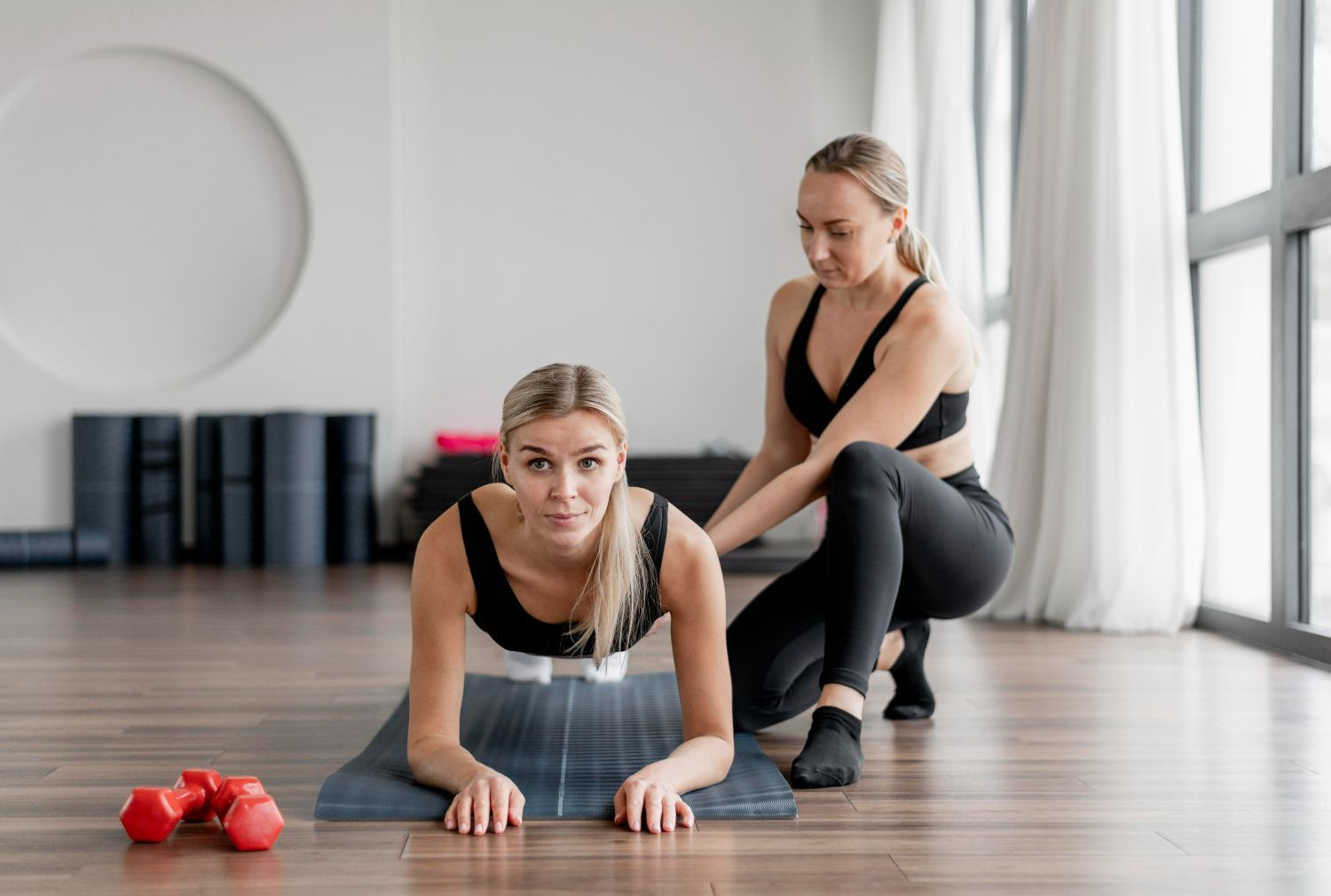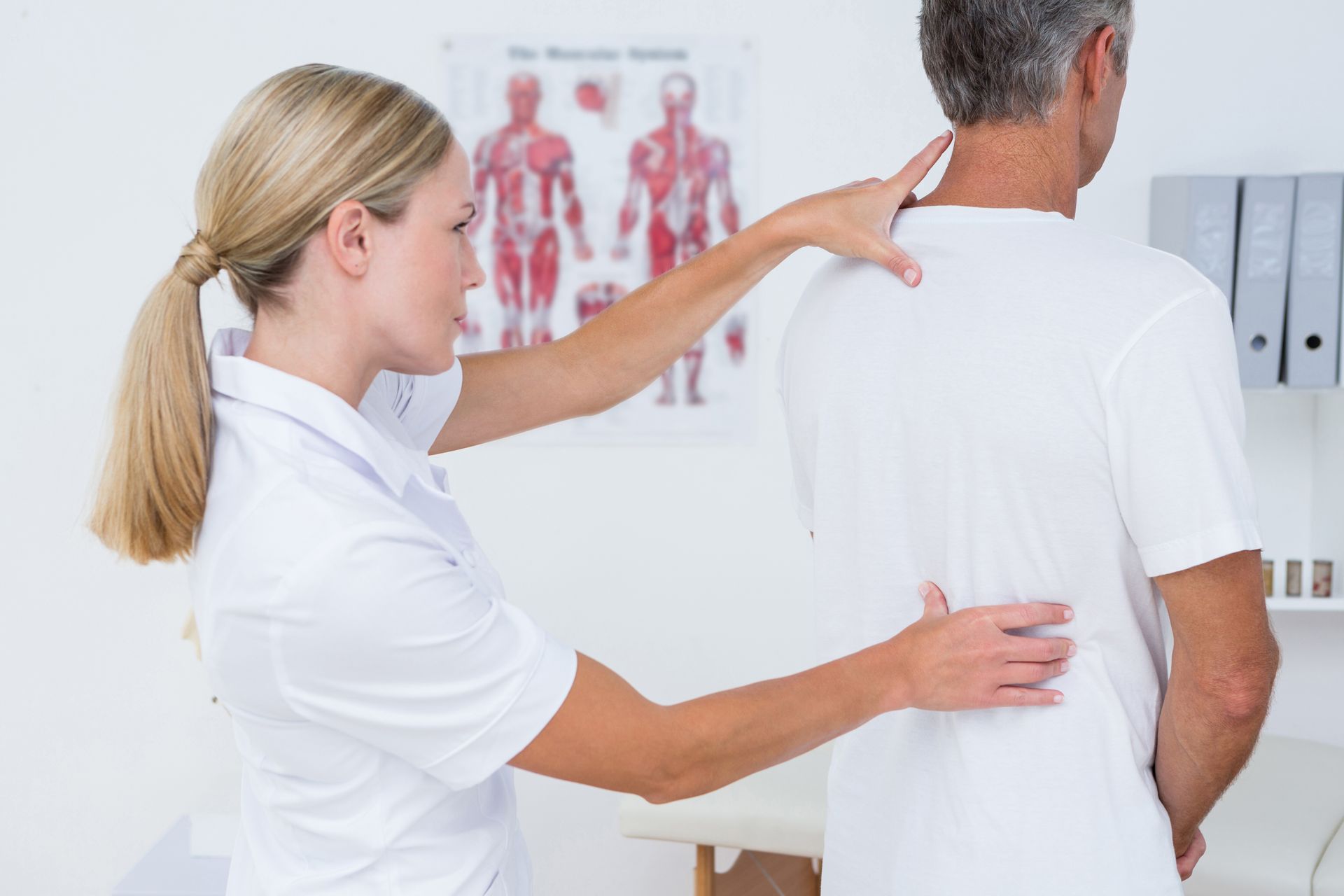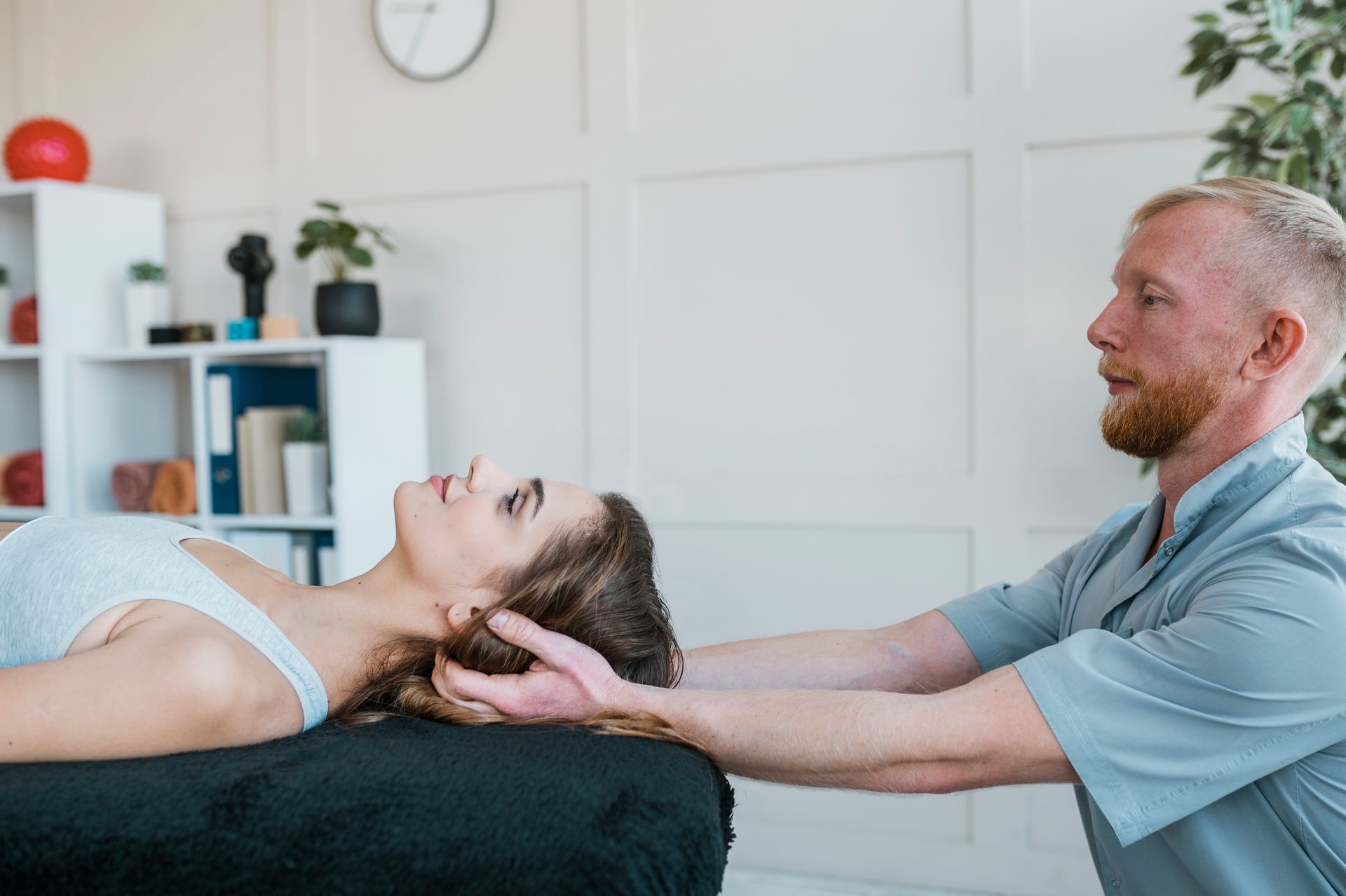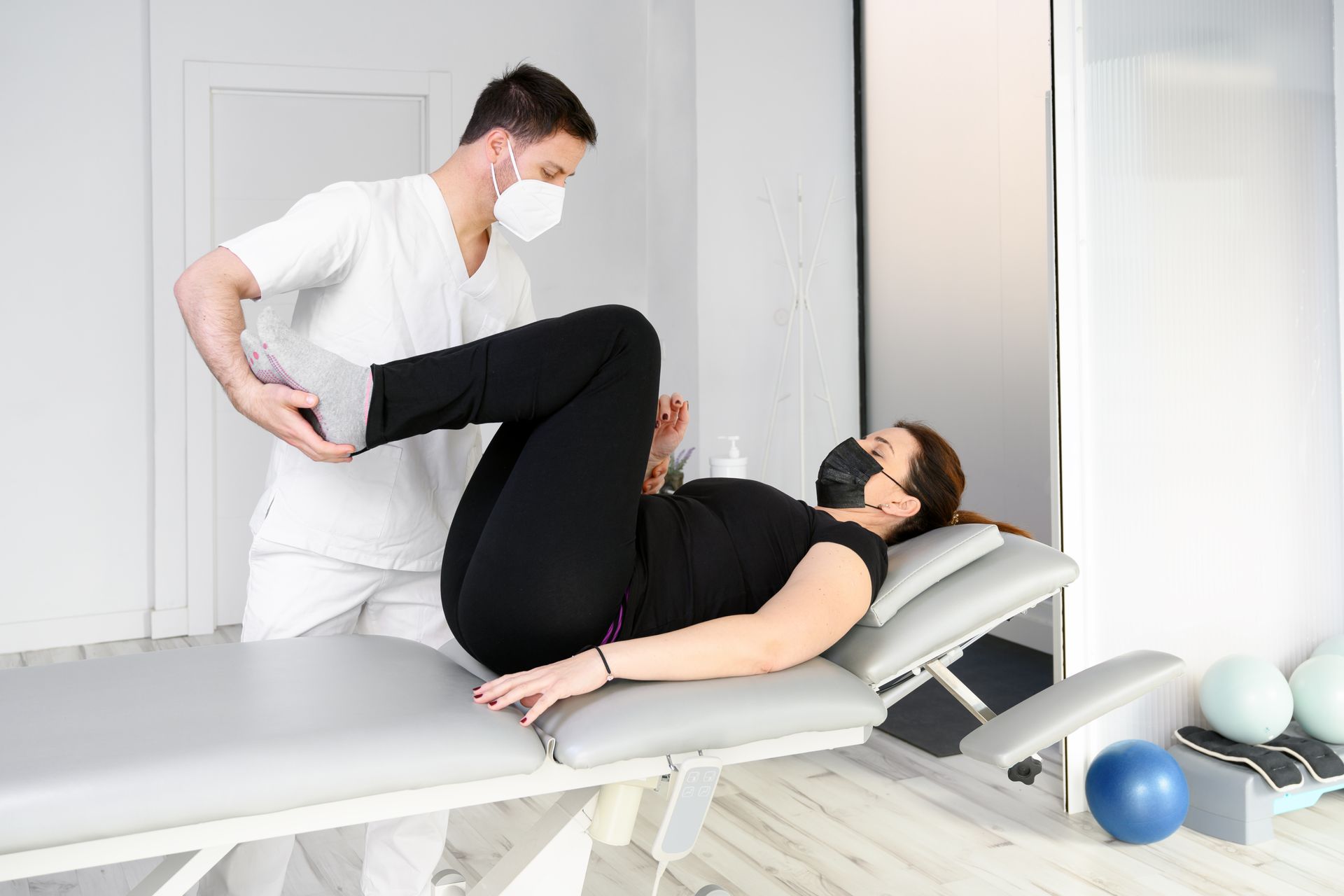REBOUND HEALTH WEST
Address
Phone
Business Hours
- Mon - Thu
- -
- Friday
- -
- Sat - Sun
- Closed
Rebound Health South
Address
Phone
Business Hours
- Mon - Wed
- -
- Thursday
- -
- Friday
- -
- Sat - Sun
- Closed
Rebound Health North
In the Lethbridge Fitness Club
Address
Phone
Business Hours
- Monday
- -
- Tuesday
- Closed
- Wednesday
- -
- Thursday
- -
- Friday
- -
- Sat - Sun
- Closed
Rebound Health Taber
Address
Phone
Business Hours
- Mon, Tue, Thu
- -
- Wed, Fri
- Closed
- Sat - Sun
- Closed
